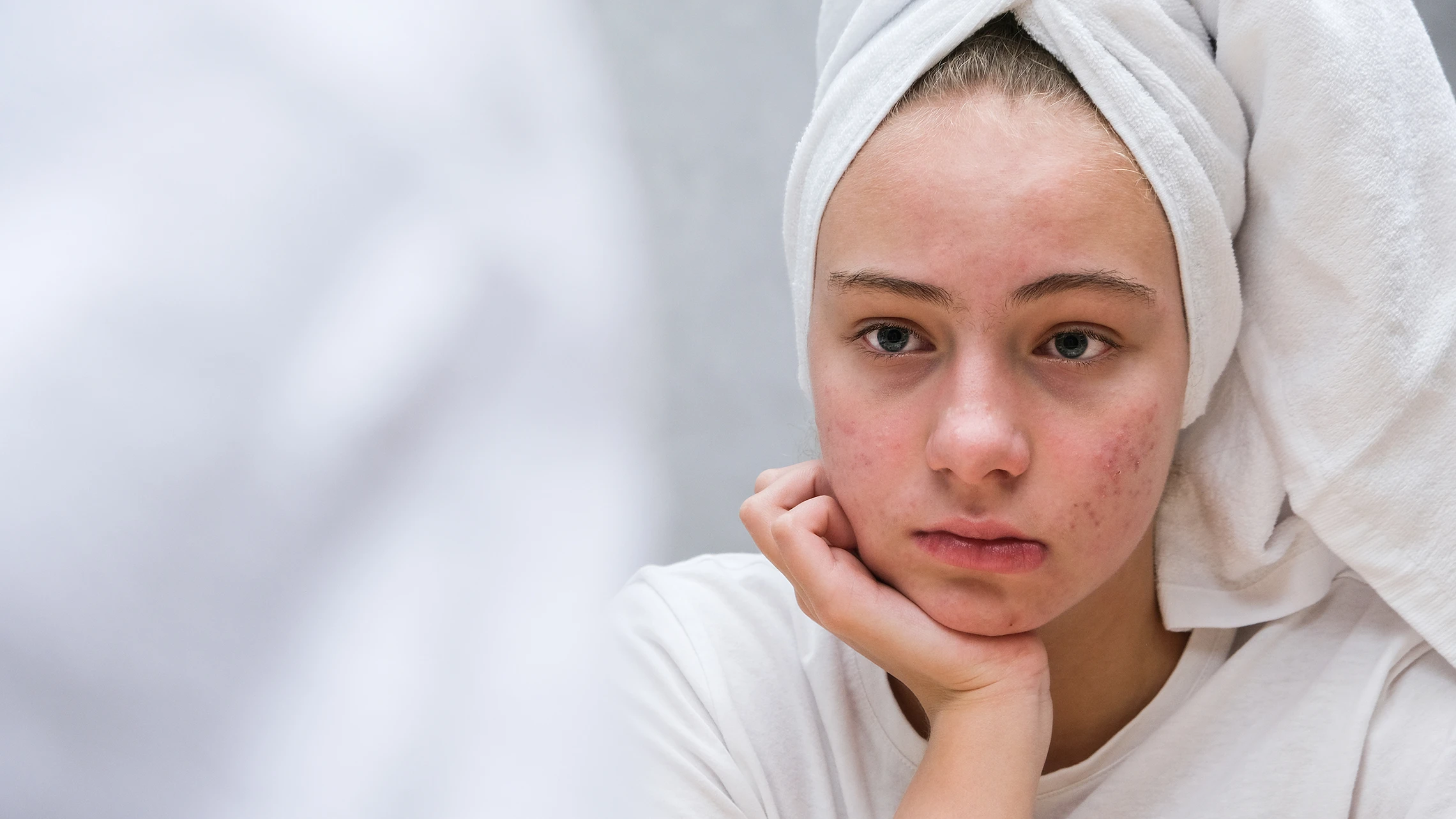
Acne vulgaris and Malassezia folliculitis (also known as “fungal acne”) are two different skin conditions that can sometimes be confused with each other. These two conditions need to be addressed differently.
If treated like normal bacterial acne, “fungal acne” can persist for years because treatments for bacterial acne often encourage yeast (fungus) overgrowth which causes Malassezia folliculitis.
In rare cases, inflamed areas can cause more severe problems such as boils under the skin, permanent scarring, or hair loss.
The best way to know for sure if your breakouts are caused by yeast or bacteria or an allergic reaction is to have a PCR test of the fluid in the pustule.
The table below shows some of the differences.
| "Fungal Acne" | Regular Acne |
|---|---|
| "Fungal Acne" (Malassezia Folliculitis) is a fungal infection of the hair follicles caused by Malassezia overgrowth | Inflammation of the hair follicles and sebaceous glands caused by the bacteria Cutibacterium acnes and over-production of sebum (natural skin oil) |
| More uniform small red or white bumps that usually appear in clusters | Irregular bumps - pimples, papules, blackheads, whiteheads, nodules |
| Bumps tend to appear on moist or oily parts: the forehead, hairline, central face, back of arms, shoulders, and back, and chest | Bumps tend to appear on the face, shoulders, chest, and back |
| Usually itchy | Not usually itchy |
| Helped by addressing the fungal overgrowth - antibacterial treatments don't help | Helped by addressing the bacteria overgrowth - antifungal treatments don't help |
| Plant oils and all ingredients with fatty acids should be avoided | Plant oils can help |
The best way to confirm the caue of the problem is to see a skin doctor and get a lab test.
Another option is to try an experiment at home. Apply plant oils like jojoba oil or Corum Barrier Repair Face and Body Oil on one side of your face or body, and avoid them on the other side.
If the problem is dryness, plant oils can moisturize, nourish, and repair skin.
But what if dryness is not the only issue? Malassezia is a type of yeast that lives on the skin, but it can cause problems if it grows too much. Sometimes it needs to be deprived of its food source to keep it under control. If your skin’s natural balance is disrupted, then plant oils with fatty acids may worsen it.
So, on one side use the skincare routine for Malassezia Control, which has products that do not contain fatty acids that feed Malassezia. Since fatty acids from plants are good for normal skin, they are included in most skincare products. Don’t use your normal skincare products on this side of your face or body during your experiment.
On the other side or your face or body, use the skincare routine for Acne Control, which has products that do contain fatty acids. Fatty acids are usually good for the skin, but not when Malassezia is dominant. Corum acne control products can help to rebalance and repair skin that is affected by regular acne.
You may notice a difference right away or it may take a few weeks to find out which routine works for you.